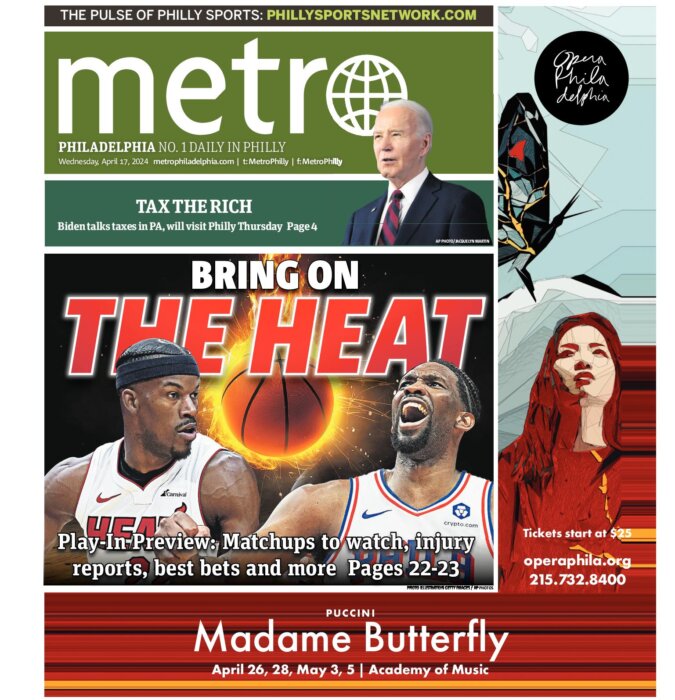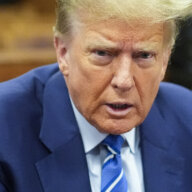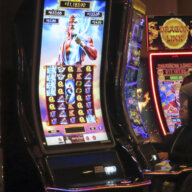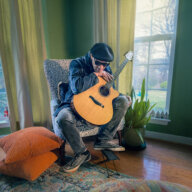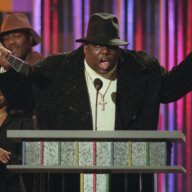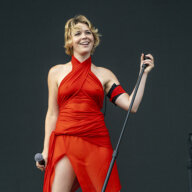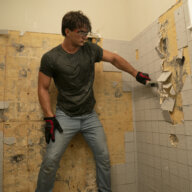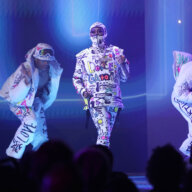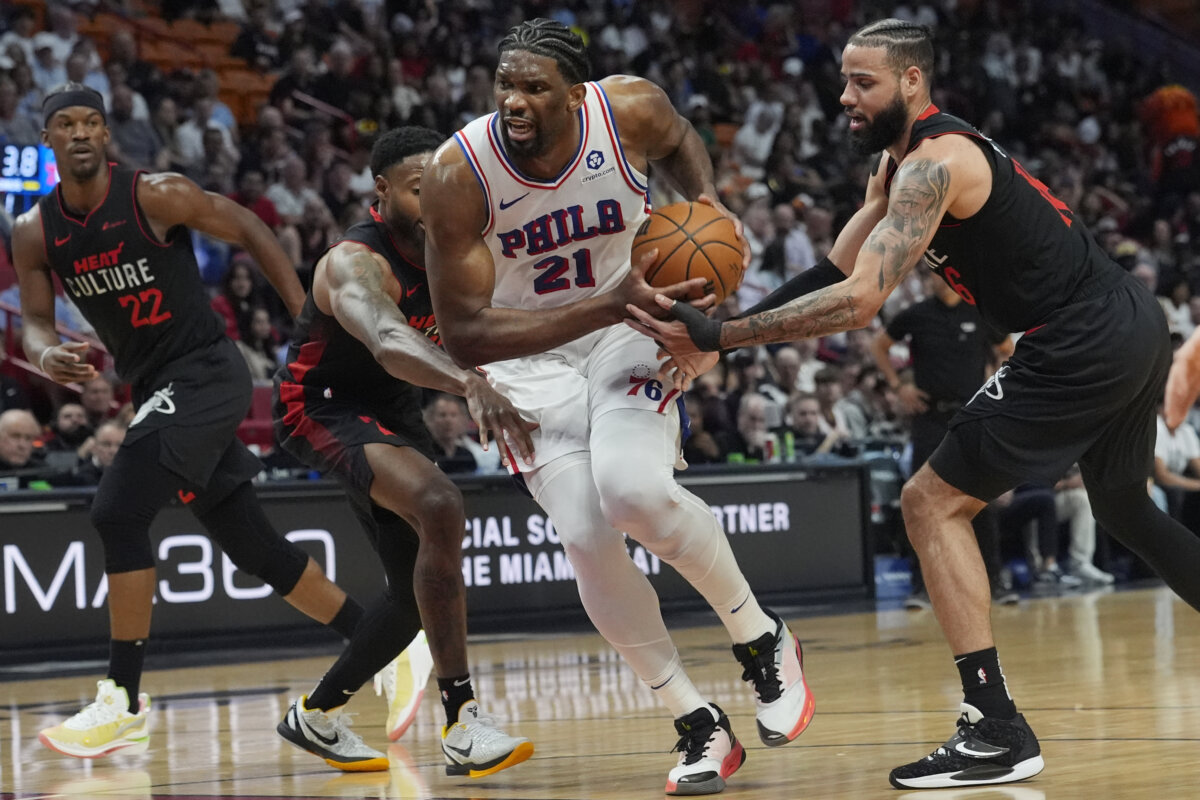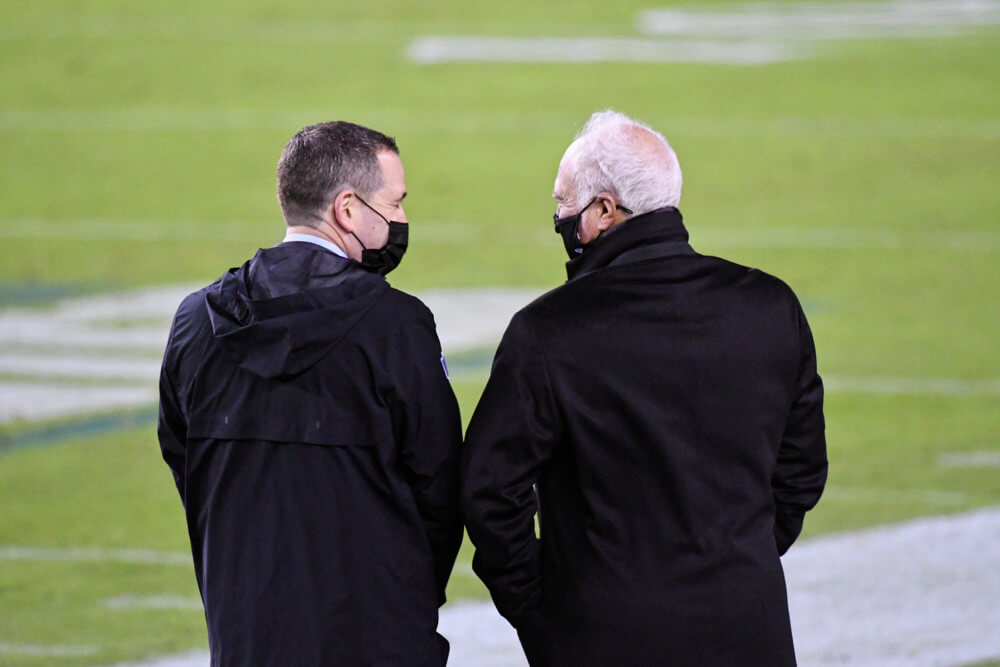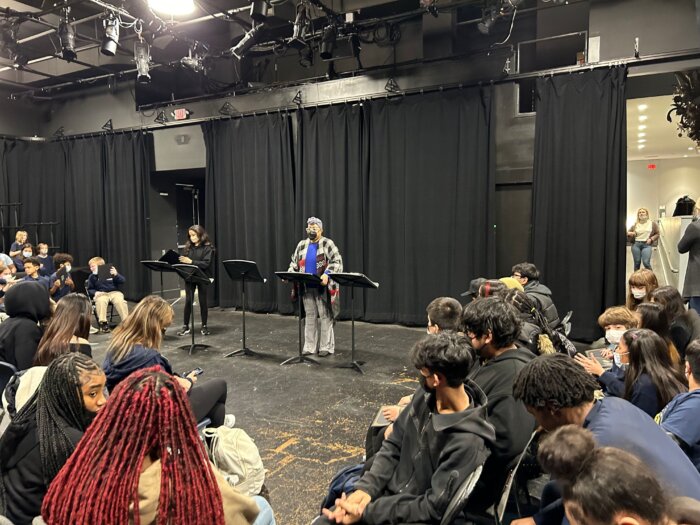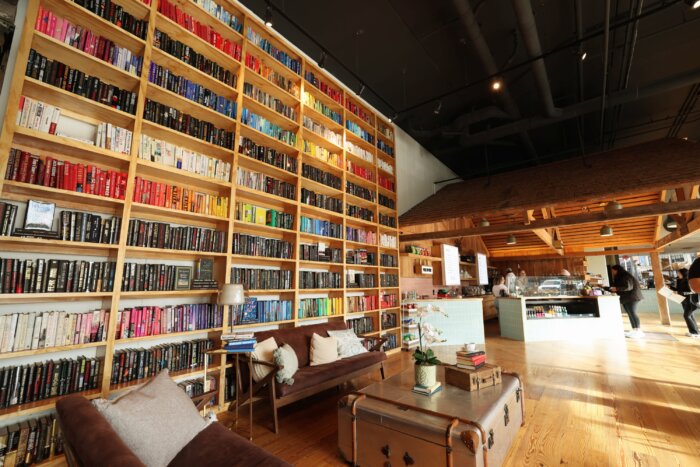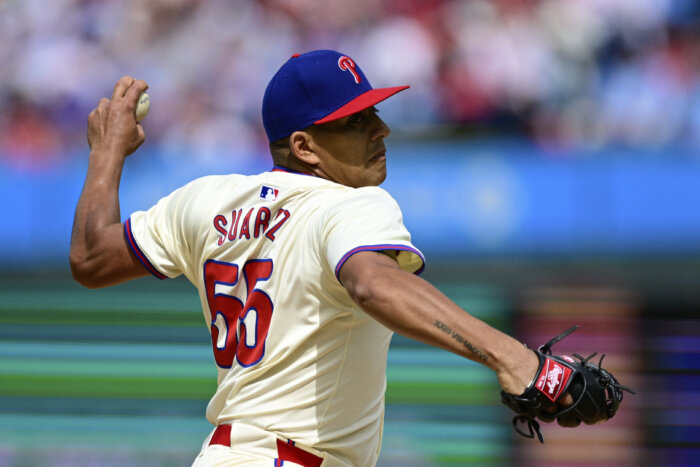Artist Laurence Vallieres used to be anti-zoo. Looking at sluggish and depressed animals behind bars, zoos just seemed like prisons for animals.
But her perspective on the natural world experienced a sea change while working at the Philadelphia Zoo’s Primate Reserve last week. While there, Vallieres constructed a massive sculpture of a seated gorilla using old cardboard she collected around the city. Watching the day-to-day lives of gorillas drew her into their world, she said.
“I had to find something around me that was available, and there was a lot of it, and it was cheap. So I thought of trash,” said Vallieres, 28, of why she used old cardboard to construct her nine-foot tall gorilla sculpture.
Vallieres is one of the artists selected to create work “Second Nature: Junk Rethunk,” a new installation throughout the Philadelphia Zoo of artworks representing animals but created entirely using recycled materials, from paper and cardboard to spark plugs, metal from old cars and soda cans.
A large colorful sculpture of butterflies, created by the California-based FLUX foundation out of plastic bags, bottles, saw blades and clothing, greets visitors at the zoo’s entrance. A crocodile made of chewing gum by Italian artist Maurizio Savini is in the Zoo’s Aviation Center. All the pieces are scattered throughout the zoo and various exhibits.
The project is intended to draw the public’s attention towards issues of recycling and sustainability, said zoo leaders.
“Many of these pieces are larger than life-sized interpretations of species future generations of Zoo visitors may never see if we don’t take steps to preserve habitat,” said Philadelphia Zoo president and CEO Vikram Dewan at the unveiling of the new art works on April 8.
State Department of Conservation and Natural Resources secretary Cindy Adams Dunn pointed out that the Pennsylvania state fish (brook trout), bird (ruffed grouse), tree (Eastern hemlock) and flower (mountain laurel) are all threatened by environmental issues.
“Junk Rethunk is a great way of having people rethink our natural resources,” said Dunn.
Visitors to the zoo are already enthralled by the new artworks.
“It interests people and it shows them that recycling can be something interesting,” said Shalyn Boyer, 21, a West Chester University student visiting the zoo.
For Vallieres, creating animals out of garbage was not an act of criticism, but simply in itself a natural occurrence.
“It’s not exactly positive or negative. It’s just human,” she said.
The new sculptures will be on display around the Philadelphia Zoo until October 31.
On April 19, pick up the special Earth Day edition of Metro for more on sustainability and green-living.
